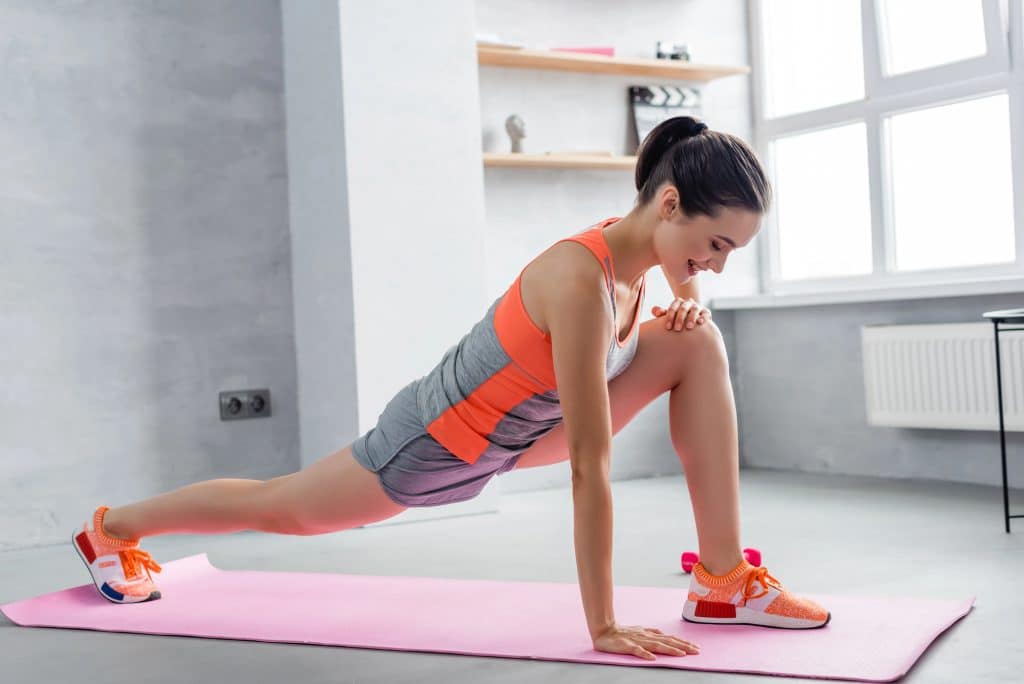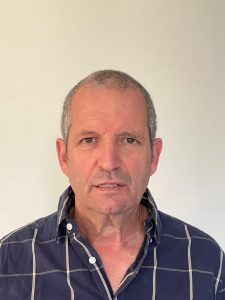For anyone who has ever suffered from a migraine, it is no secret that it is not just an ordinary headache: migraine affects quality of life, work, and every aspect of daily living. Today, many people prefer to turn to natural migraine treatments—or at least ones that are not based on taking medication—that provide balance and support. We will show that it is indeed possible to treat the condition in this way, and more specifically: how the connection between migraine and physical activity may ease symptoms and improve quality of life.
Migraine and physical activity in everyday life
As noted, this is not an ordinary headache but a chronic neurological disorder characterized by severe headaches that can limit daily functioning and sometimes even lead to disability. Migraine attacks are often accompanied by nausea, light sensitivity, and sometimes vision disturbances. Although migraines are difficult to define by age, they typically first appear in adolescence and usually disappear by the sixth decade of life. Nevertheless, the proper combination of migraine and physical activity can help reduce attacks even among menopausal women or children who experience the condition.
What causes migraines and how does physical activity play a role?
Although it is a common condition affecting millions worldwide, the exact cause of migraine remains unclear. However, mental stress and pressure are considered major triggers, as well as chemical imbalances in the brain. This is where the connection between migraine and physical activity comes in: studies show that moderate exercise such as yoga, walking, or swimming helps reduce stress and balance hormones, which can decrease the frequency and intensity of attacks.
Migraine and physical activity – symptoms and effects
Typically, a migraine attack begins with an unclear trigger that activates the brain membranes. This can manifest as irritability, mood changes, or fatigue. When controlled physical activity is added to the picture, it is possible to reduce the intensity of symptoms and regain a sense of control. Therefore, the connection between migraine and physical activity is not only preventive but also rehabilitative, as it helps cope with the secondary consequences of the disorder.
Medication alongside physical activity
There are many medications available to reduce migraine symptoms at every stage, including during pregnancy, but they may be accompanied by side effects. Here, a holistic approach that combines medication with migraine and physical activity comes into play. This combination allows for reduced dosages, alleviates side effects, and provides a more comprehensive solution for those suffering from recurring attacks.
Moderate physical activity as a solution for migraines
In light of this, it is clear why many turn to natural treatments. Moderate physical activity is a central component of this approach: it helps reduce the intensity of attacks, improves mood, and supports a healthier lifestyle. The combination of migraine and physical activity creates a positive cycle—less pain, better sleep, balanced nutrition, and improved quality of life.
Simple and natural solutions alongside physical activity
Ramot LV Ltd. develops, manufactures, and markets innovative devices that help cope with migraines naturally, without medication. The use of the device, combined with a routine of migraine and physical activity, provides an effective response to reducing the frequency of migraine with aura and supports continuous improvement in quality of life—easily, at home, and without dependence on external caregivers.

